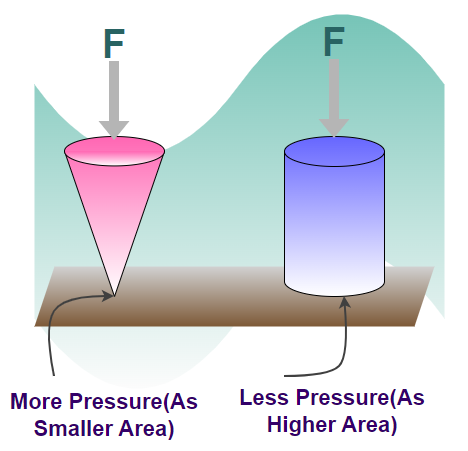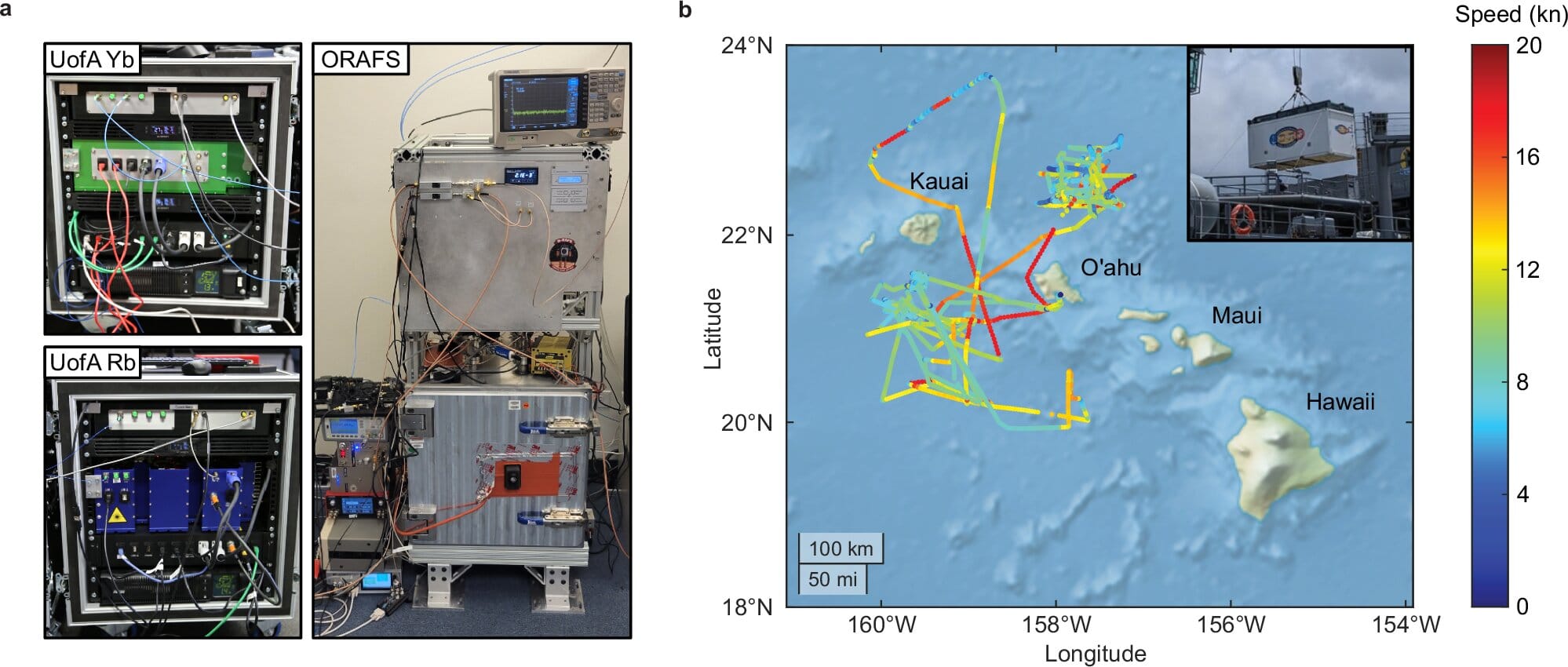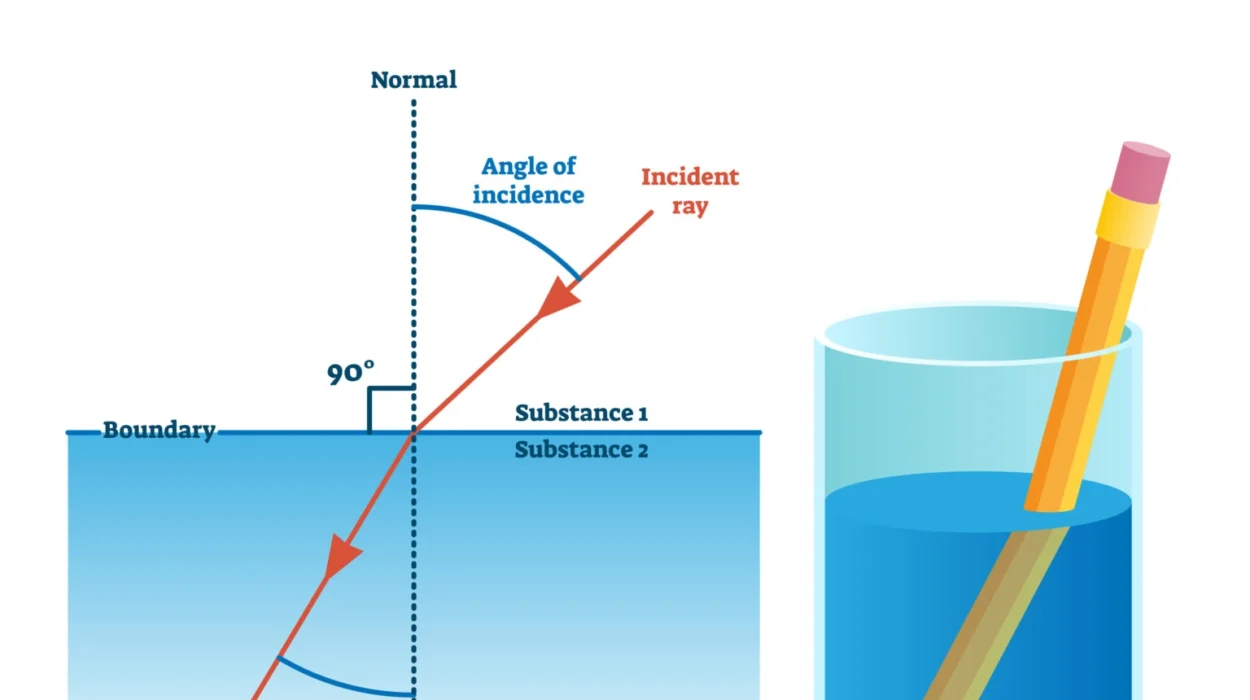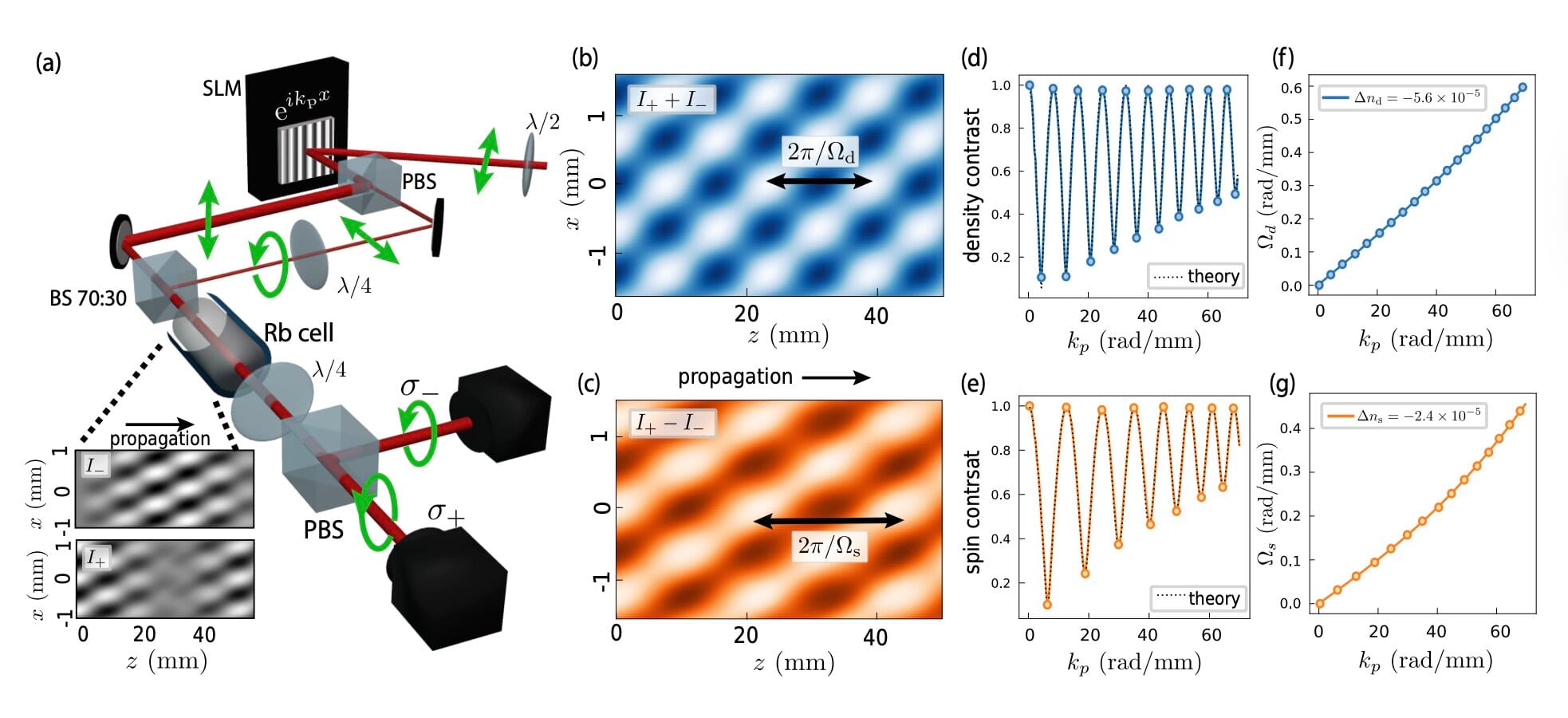Pressure is a force that surrounds us every moment of our lives, yet we rarely stop to think about it. We feel it in the wind pressing against our face, in our ears when we dive underwater, and even in our bodies as our hearts pump blood through our veins. Pressure isn’t just a physical phenomenon—it’s a silent sculptor of matter, a regulator of weather, and a key player in engineering, medicine, and astrophysics. But what exactly is pressure? How does a seemingly invisible concept wield such universal power? To understand the full impact of pressure, we must begin with its core definition and peel back the layers of this fascinating force.
Defining Pressure: The Force Spread Out
In the most basic terms, pressure is defined as force applied per unit area. It’s not just about how strong a force is, but how that force is distributed. The mathematical formula for pressure, often taught early in physics classes, is deceptively simple:
Pressure (P) = Force (F) / Area (A)
This equation is elegant in its clarity. Imagine pressing a finger against a wall. You apply a force, and the area of your fingertip spreads that force across the wall’s surface. If you press with the same force using a needle instead of your finger, the smaller area results in a higher pressure—enough to puncture the wall, perhaps. This is the essence of pressure: the concentration of force.
Pressure is measured in pascals (Pa) in the International System of Units (SI), where one pascal is equal to one newton per square meter (1 Pa = 1 N/m²). However, depending on context and scale, pressure may also be measured in atmospheres (atm), bars, torr, or pounds per square inch (psi). Each of these units tells the same story in a different accent.
Pressure All Around Us: Atmospheric Pressure
Step outside and you are immediately enveloped by a blanket of pressure. The air around you, though invisible, is not weightless. It has mass, and gravity pulls it toward Earth, creating atmospheric pressure. At sea level, this pressure is approximately 101,325 pascals—or 1 atmosphere. This is the weight of a column of air extending from your head to the edge of space, pressing down on you every second of your life.
The human body, remarkably, is adapted to this constant force. Our internal pressure balances the external atmosphere, preventing us from being crushed. Yet, the moment we alter that balance—say, by ascending a mountain or diving into the ocean—we feel the effects of pressure’s fickle nature. Ears pop, joints ache, and breathing becomes a challenge. The body must readjust to the new equilibrium.
Atmospheric pressure plays a vital role in weather. Low-pressure systems are often associated with clouds and storms, while high-pressure systems bring clear skies. Meteorologists track these changes to predict the movement of air masses and the onset of precipitation. In aviation, pilots monitor air pressure to maintain altitude and cabin safety. Without pressure, flight itself—dependent on air pushing against wings—would be impossible.
Liquid Landscapes: Pressure in Fluids
Pressure behaves differently in liquids than it does in gases, but the core principles remain. In a liquid, pressure increases with depth. This is why divers must equalize their ears as they descend underwater. The deeper you go, the more water sits above you, adding weight and therefore pressure.
This phenomenon is explained by the hydrostatic pressure equation:
P = ρgh
Where:
- P is pressure
- ρ (rho) is the density of the fluid
- g is the acceleration due to gravity
- h is the depth
The pressure in a liquid depends only on the depth and the liquid’s density, not the shape of the container. This is one of the most counterintuitive yet essential aspects of fluid physics. A tall, narrow column of water exerts the same pressure at the bottom as a wide basin of equal height, as long as the height and liquid are the same.
Hydraulic systems take advantage of this behavior. In a car’s braking system, for example, pressure applied at one end of a fluid-filled tube is transferred undiminished to another location. By manipulating the area over which the pressure acts, hydraulic systems can amplify force, allowing a small push of the brake pedal to stop a multi-ton vehicle.
Gaseous Dynamics: Pressure in the Air
Gases are more compressible than liquids, and their pressure depends on more variables. The ideal gas law ties pressure to temperature, volume, and the number of molecules:
PV = nRT
Where:
- P is pressure
- V is volume
- n is the number of moles (amount of gas)
- R is the ideal gas constant
- T is temperature in Kelvin
This equation tells us that if the temperature of a gas increases, so does its pressure, assuming volume remains constant. This is why a balloon left in the sun expands and may even burst—the heated gas molecules move faster, collide more frequently with the balloon’s inner walls, and increase the pressure.
This principle has enormous implications in everything from internal combustion engines to weather balloons to the behavior of stars. In space, where there’s effectively no external pressure, even a small pressure differential can cause dramatic effects. Astronauts’ suits must carefully regulate internal pressure to keep them safe in the vacuum of space.
The Crushing Depths: Pressure Underwater
As we dive beneath the surface of the ocean, pressure becomes a force of transformation. For every 10 meters (33 feet) of descent in seawater, the pressure increases by about 1 atmosphere. At a depth of 1000 meters, the pressure is over 100 times what it is at the surface. This immense force can crush unprotected objects and poses serious challenges to submarines and deep-sea exploration vehicles.
Yet, life has evolved to thrive under such conditions. Creatures of the deep possess flexible membranes and specialized proteins that function under extreme pressures. Submersibles like Alvin and modern remotely operated vehicles (ROVs) are engineered to withstand these environments, allowing scientists to study the biology, geology, and chemistry of the ocean’s mysterious depths.
The study of underwater pressure isn’t limited to biology or oceanography—it has applications in underwater welding, oil drilling, and even nuclear submarine design. Each of these industries must account for pressure not as an abstract number, but as a tangible force that can shape or destroy.
Pressure in the Human Body
The human body is a masterpiece of pressure management. Every heartbeat generates pressure to circulate blood, delivering oxygen and nutrients to tissues. This blood pressure is vital for health and is measured in millimeters of mercury (mmHg). A typical reading, like 120/80 mmHg, indicates the pressure during heart contraction (systolic) and relaxation (diastolic).
Beyond circulation, pressure also governs respiration. Breathing is essentially a pressure game: the diaphragm contracts, creating a low-pressure zone in the lungs that draws air in. Exhaling reverses the process. Disruptions in this balance, such as during pneumothorax (collapsed lung), can be life-threatening.
In medicine, pressure plays a role in various diagnostic tools. Devices like sphygmomanometers, ventilators, and hyperbaric chambers rely on precise pressure measurements. Understanding how pressure works inside the body helps doctors treat conditions ranging from asthma to decompression sickness.
Pressure in Engineering and Technology
No structure is immune to pressure. Architects and engineers must calculate and distribute pressure to ensure that bridges, buildings, and dams can handle the forces they encounter. A miscalculation can lead to catastrophic failures, as in the case of historical disasters like the Tacoma Narrows Bridge collapse.
In mechanical engineering, pressure is a fundamental consideration in designing engines, turbines, and pneumatic systems. In these applications, pressure is often used to convert chemical or electrical energy into motion. Steam engines, for example, rely on high-pressure steam to push pistons and generate movement. Jet engines harness air pressure to achieve thrust. Pneumatic tools use compressed air to deliver powerful impacts in a small, portable package.
Even in computing and microtechnology, pressure sensors are critical. These tiny devices detect changes in pressure and translate them into electrical signals, allowing machines to respond to their environment. They’re used in smartphones, weather stations, automobiles, and medical devices.
Cosmic Pressure: Stars, Black Holes, and the Universe
Pressure doesn’t just shape our planet—it sculpts the cosmos. In stars, the inward pull of gravity is balanced by the outward pressure of nuclear fusion in the core. This balance, called hydrostatic equilibrium, keeps stars stable for billions of years. When fusion stops, the balance is lost. A star may collapse into a white dwarf, neutron star, or even a black hole, where pressure becomes so extreme that known physics breaks down.
In neutron stars, pressure reaches staggering levels—so high that protons and electrons combine to form neutrons. The matter is packed so densely that a teaspoon would weigh billions of tons. This is pressure at its most extreme, an almost incomprehensible state that pushes the boundaries of our understanding.
Even the universe itself is influenced by pressure. Cosmologists believe that during the early moments after the Big Bang, extreme pressure drove inflation—a rapid expansion of space. Today, dark energy, a mysterious form of pressure, is causing the accelerated expansion of the cosmos. Pressure, then, is not just a force in our everyday lives but a force in the destiny of galaxies.
Thought Experiments and Real-World Analogies
To truly grasp pressure, sometimes the best tools are metaphors and analogies. Imagine lying on a bed of nails. Why doesn’t it hurt? The answer lies in area: your body weight is spread over hundreds of nails, reducing the pressure on any single point. Now stand on one nail, and the result is very different.
Or picture a snowshoe. Its broad surface area prevents you from sinking into snow by spreading your weight, reducing pressure. High heels, conversely, concentrate weight onto a small point, creating high pressure that can dent wooden floors.
These examples illustrate how pressure is both a practical concept and a profound insight into how forces behave. It helps us design better tools, avoid injury, and build resilient structures.
Measuring Pressure: Tools of Precision
Pressure measurement has evolved from simple barometers and manometers to sophisticated digital sensors. A barometer, invented by Evangelista Torricelli in the 17th century, uses a column of mercury to measure atmospheric pressure. When air pressure rises, it pushes mercury higher; when it falls, the column drops.
Modern pressure sensors use piezoelectric materials, which generate electrical signals in response to pressure changes. These sensors are found in everything from weather stations to spacecraft, ensuring accuracy and safety across industries.
Measuring pressure is not just about science—it’s about precision, calibration, and reliability. A misread gauge can cause an engine to fail or a chemical reactor to explode. Thus, the quest to measure pressure accurately is a never-ending pursuit.
The Philosophy and Wonder of Pressure
Beyond the equations and applications, pressure embodies a deeper truth about the universe: that force, when spread across space, reveals patterns, balance, and consequence. It teaches us that strength is not only in magnitude but in how it is distributed. It shows us that the unseen can be the most influential.
Pressure connects the microcosm to the macrocosm, from the fragile walls of a soap bubble to the fusion-powered hearts of stars. It challenges us to think beyond surface appearances and delve into the mechanisms beneath.
In every puff of wind, every heartbeat, every creaking bridge and soaring rocket, pressure is at work—silently, relentlessly, magnificently.
Conclusion: The Quiet Power of Force per Area
So what is pressure in physics? It is more than a simple ratio of force to area. It is a language spoken by gases and liquids, stars and storms, bones and machines. It governs equilibrium and chaos, holding the heavens in place and pushing water through a straw.
Understanding pressure is to understand how force behaves when it meets resistance. It’s to see the world not just as mass and motion, but as an interplay of balance and boundary. And in doing so, we unlock not just scientific knowledge, but a deeper appreciation of the forces that quietly shape our lives every day.






